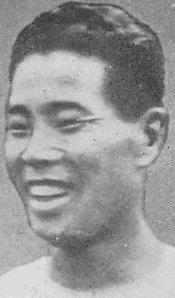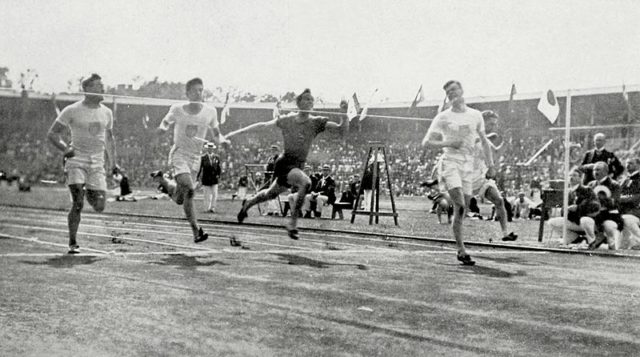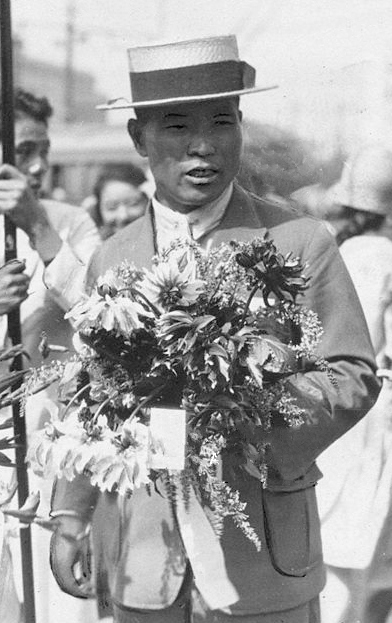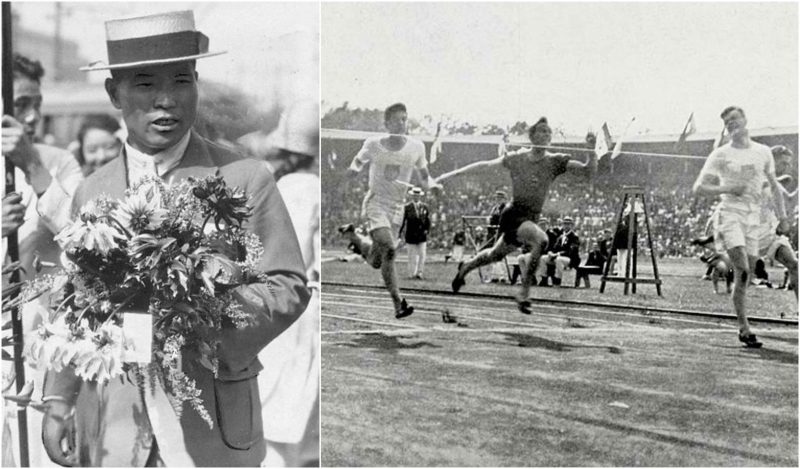Shizo Kanakuri was a Japanese marathon runner and one of the early leaders of track and field athletics in Japan. He has been celebrated as the “father of marathon” in Japan.
Kanakuri was a native of Tamana, Kumamoto, Japan and attended the University of Tsukuba. During the November 1911 domestic qualifying trials for the 1912 Stockholm Olympics, although the length of the course was probably only 40 km (25 mi), Kanakuri was reported to have set a marathon world record at 2 hours, 32 minutes and 45 seconds. He was thus selected as one of only two athletes that Japan could afford to send to the event.

However, Kanakuri is best known for disappearing during the marathon race in the 1912 Stockholm Olympics. Kanakuri had a rough 18-day-long trip to Stockholm, first by ship and then by train all through the Trans-Siberian Railway, and needed five days to recover for the race. The race was held in Sollentuna Municipality, in Sweden, in an unexpected 25 °C (77 °F) heat, and over half of the runners in the event suffered from hyperthermia. Kanakuri, weakened by the long journey from Japan, and suffering from problems with the local food, lost consciousness midway through the race and was cared for by a farming family. Being embarrassed by his “failure” he silently returned to Japan without notifying race officials.

Swedish authorities considered him missing for 50 years before discovering that he was living in Japan and had competed in subsequent Olympic marathons. In 1967, he was contacted by Swedish Television and offered the opportunity to complete his run. He accepted and completed the marathon in 54 years, 8 months, 6 days, 5 hours, 32 minutes and 20.379 seconds, remarking, “It was a long trip. Along the way, I got married, had six children and 10 grandchildren.”

Despite this setback, Kanakuri was selected to participate in the 1916 Summer Olympics, which were subsequently canceled due toWorld War I. However, Kanakuri did compete in the 1920 Summer Olympics held in Antwerp, Belgium, where he finished the marathon race in 2 hours, 48 minutes and 45.4 seconds and placed 16th. Kanakuri subsequently participated in the 1924 Summer Olympics, where he failed to finish the race. Kanakuri is also known for his role in establishing the Hakone Ekiden relay marathon in 1920. From 2004, the top prize in this race was named in his honor.
